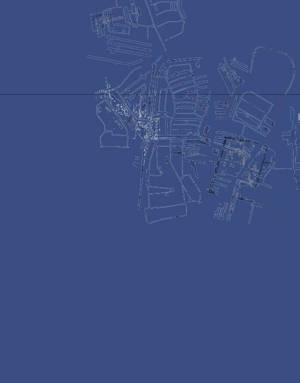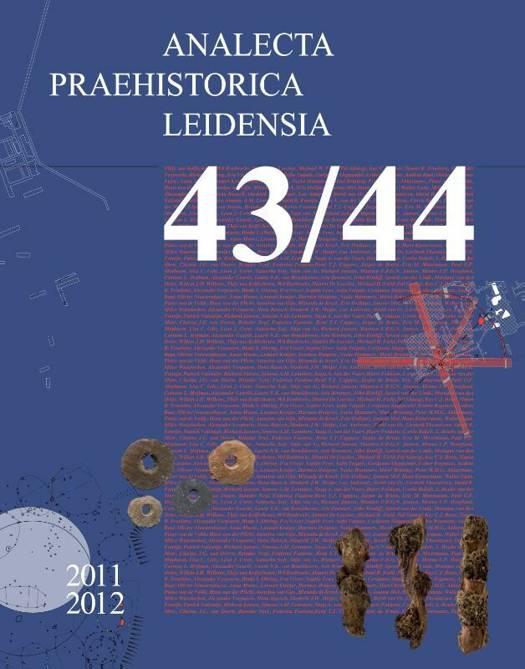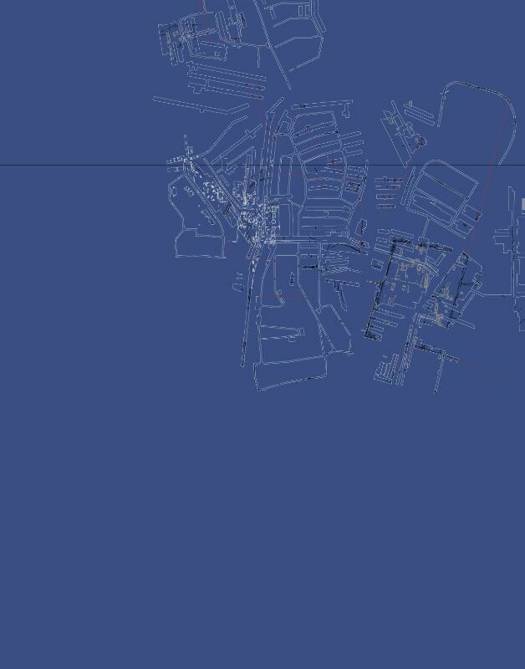
- Afhalen na 1 uur in een winkel met voorraad
- Gratis thuislevering in België vanaf € 30
- Ruim aanbod met 7 miljoen producten
- Afhalen na 1 uur in een winkel met voorraad
- Gratis thuislevering in België vanaf € 30
- Ruim aanbod met 7 miljoen producten
Zoeken


The End of Our Fifth Decade
€ 39,95
+ 79 punten
Omschrijving
In 2012 it was 50 years ago that the initial independent core of the Faculty of Archaeology was founded. On the occasion of this 50th anniversary the Board of the Faculty of Archaeology has asked the editors of the Analecta Praehistorica Leidensia to produce a special volume of Analecta and open its pages not only for Prehistoric research but to all Archaeological disciplines. The editors invited the permanent staff of the Faculty to provide a contribution. The End Of Our Fifth Decade is the result.
The subjects offered are very diverse and provide the reader with a written 'Tableau de la troupe', as it was intended to be. The first contributions are about the present. They deal with the problem of preserving archaeology in situ, the evaluation of twenty years of the Malta convention and the current variety of approaches in archaeology. However the rest of the book is about the past. This volume is organised in such a way that you go back in time and as good archaeologists we start from the top and dig our way into the past. The part about the past starts in the 17th century AD in the Caribbean and end with research on a 300 000 years old site from Germany.
The subjects offered are very diverse and provide the reader with a written 'Tableau de la troupe', as it was intended to be. The first contributions are about the present. They deal with the problem of preserving archaeology in situ, the evaluation of twenty years of the Malta convention and the current variety of approaches in archaeology. However the rest of the book is about the past. This volume is organised in such a way that you go back in time and as good archaeologists we start from the top and dig our way into the past. The part about the past starts in the 17th century AD in the Caribbean and end with research on a 300 000 years old site from Germany.
Specificaties
Betrokkenen
- Illustrator(s):
- Uitgeverij:
Inhoud
- Aantal bladzijden:
- 386
- Taal:
- Engels
- Reeks:
Eigenschappen
- Productcode (EAN):
- 9789081810913
- Verschijningsdatum:
- 31/12/2012
- Uitvoering:
- Paperback
- Formaat:
- Trade paperback (VS)
- Afmetingen:
- 210 mm x 265 mm
- Gewicht:
- 1327 g

Alleen bij Standaard Boekhandel
+ 79 punten op je klantenkaart van Standaard Boekhandel
Beoordelingen
We publiceren alleen reviews die voldoen aan de voorwaarden voor reviews. Bekijk onze voorwaarden voor reviews.











